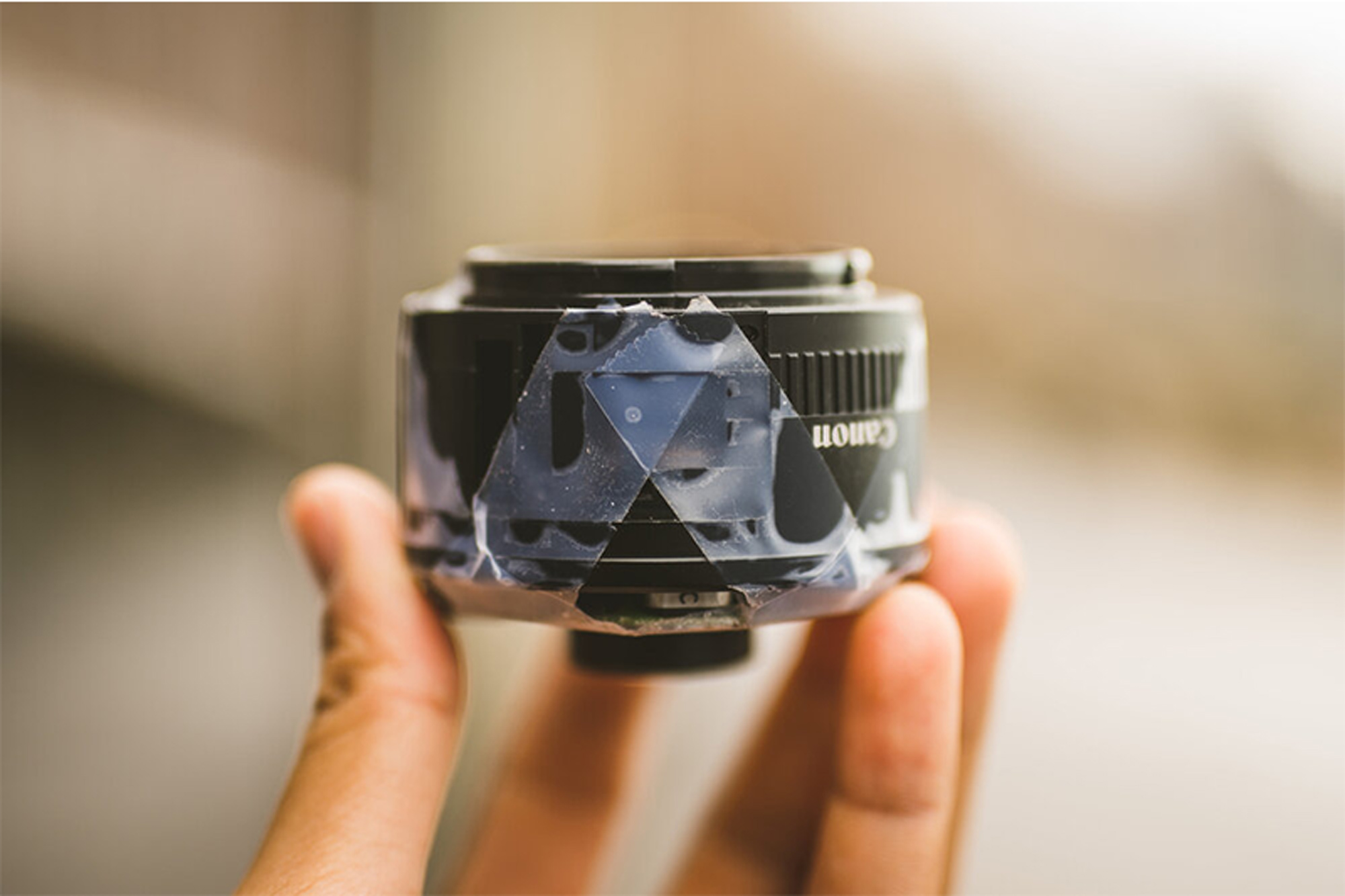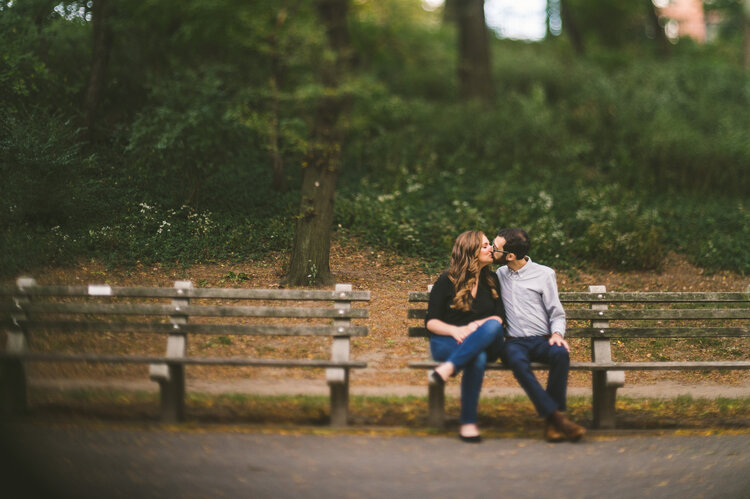
Freelensing is a creative technique in photography that involves detaching the lens from the camera body and manually holding it in front of the sensor while capturing an image. By disconnecting the lens, photographers can achieve unique and artistic effects, including selective focus, light leaks, and dreamy, ethereal qualities in their photographs. In this article, we’ll give you some freelensing tips and show you some examples with a 50mm lens to help with your creative photography.
Note: If you find the idea of breaking a lens apart or having a camera sensor exposed to the elements abhorrent and sacrilegious, this may not be the right article for you. Reader, you have been warned.
How does Freelensing Work?
By manually moving the lens elements not just forwards and backwards from the image sensor (like a normal lens does), but up, down, or even diagonally, you’re able do things with the focus plane that are normally impossible, unless you spend $2000 on a fancy tilt-shift lens.
How to Get Started with Freelensing
To try basic freelensing photography, follow these steps to get started (then be sure to read my advanced tips below):
- Set your camera to manual mode and choose a wide aperture to create a shallow depth of field.
- Remove the lens from the camera body by unlocking it and gently twisting it off.
- Hold the lens near the camera mount, angling it slightly away from the sensor.
- While looking through the viewfinder or using the camera’s Live View mode, move the lens around to experiment with different angles and positions.
- Take the photo by manually triggering the shutter or using the camera’s remote shutter release.
Freelensing allows for creative control over the plane of focus, as tilting or shifting the lens can create selective focus on specific areas of the image while leaving other parts blurred or distorted. It also introduces light leaks, as the detached lens allows light to enter the camera from different angles, resulting in unpredictable and artistic light patterns.
Freelensing Challenges
When I first tried freelensing in a high school, I discovered 2 primary ‘bugs’.
- If you’re not able to create a light seal when you hold the lens in front of your camera sensor, light will leak across your frame, giving your image a hazy, dreamy quality to it.
- Because it was impossible to get the lens elements close enough to the image sensor to focus on things far away, this technique is almost always limited to macro photographs only. There’s a technical explanation for all this (look up focal flange distance, or read the wikipedia article I posted above), but just try it for yourself if you don’t believe me.

Because of those two issues with it, I pretty much put freelensing away as a useful technique. But then I stumbled across the work of Sam Hurd, who physically broke off the lens mount from his Nikon 50 1.8D, to fix the focal flange issue. And I absolutely had to try it. So here’s what I learned:
Freelensing Tips
Use A Cheap Lens For This
I used an old Canon 50mm 1.8 lens I had laying around. It’s a cheap lens that was gathering dust, and if I break it I’m not super upset about it. 50mm is also a very common focal length that I use, so it was serendipitous that 50mm lenses are nice and cheap. I followed instructions online here: How to Disassemble the Canon EF 50mm f/1.8 II Lens , and I basically just stopped halfway through, before the part where the instructions told me to put it all back together. Because the internal lens components were now exposed to the elements, I taped the whole thing up together, and keep it in a little felt pouch in my bag.
Focus Peaking and Burst Mode Are Your Friend
My camera has live focus peaking, which I find enormously helpful in being able to get sharp-enough shots with this lens. Alternatively I’ve found that zooming in while setting your camera onto live view is another option as well to catch focus. But this is definitely something I needed to practice with, and pull it out only for a few shots at a time during a wedding day.
My typical shooting method for when I need to move fast is to put my camera on high speed burst mode, set the lens orientation to create the general effect I’m going for, and then move the lens around small amounts while shooting to move my focus around and hopefully get one or two usable shots.
Less is More
Because of the Scheimpflug Principle, very small amounts of tilt will create much larger changes in the focus plane. I found a useful page by Cambridge in Colour that has some great animations and interactive graphics to helped me understand these concepts. That isn’t to say that in order to do this you need to have a physics degree, I think it makes pretty intuitive sense as soon as you try it. But having these visualizations helped me, so maybe they’ll help you.
Also, don’t overuse it. Freelensing has a time and a place, and for me it’s been a great way to spice up my sessions with my clients, but I would never want to tell a whole wedding day’s story just using this lens.
Be Careful
However, it’s important to exercise caution when practicing freelensing, as it exposes the camera sensor to potential dust, debris, or accidental damage. Be mindful of keeping the sensor area clean and avoid excessive tilting or movement that may scratch the sensor.
Conclusion
Freelensing is a technique that encourages experimentation and embraces imperfections, enabling photographers to achieve unique and artistic results that can add a touch of unpredictability and creativity to their images. Although freelensing with a broken lens requires extra care to avoid further damage, it encourages you to think outside the box and embrace the beauty of imperfection. It allows you to experiment with different angles, positions, and movements to create one-of-a-kind compositions that express your artistic vision.
Remember to exercise caution when practicing freelensing with a broken lens, keeping the sensor area clean and avoiding excessive tilting or movement that may cause damage. Embrace the challenges and limitations posed by the broken lens as opportunities for creative exploration.









Get Connected!